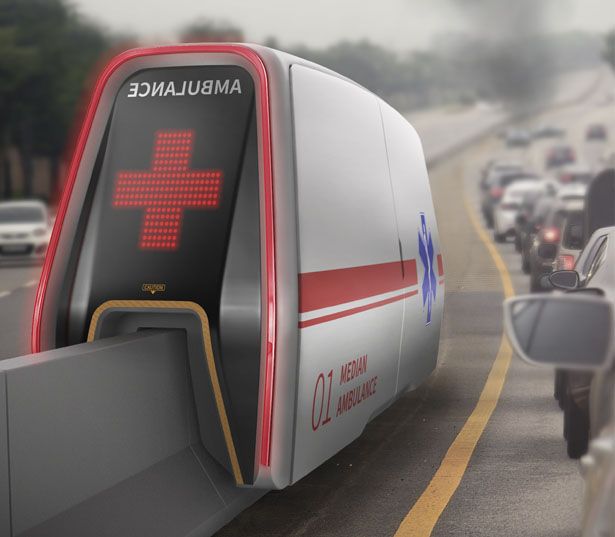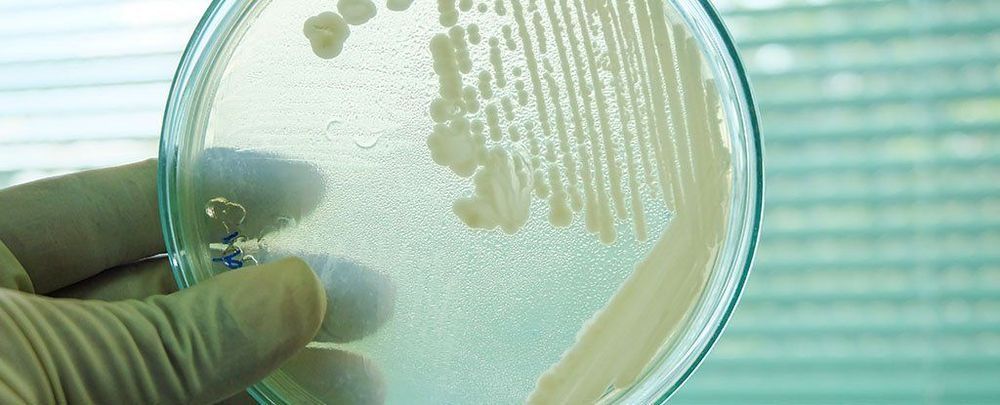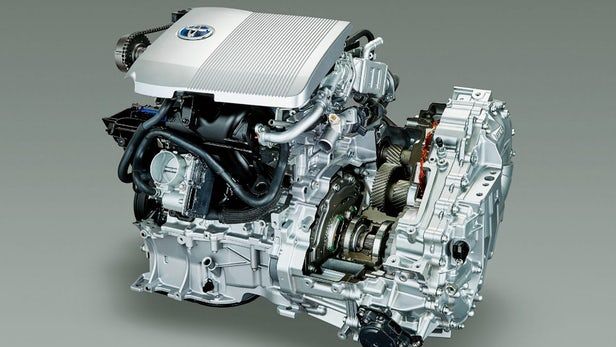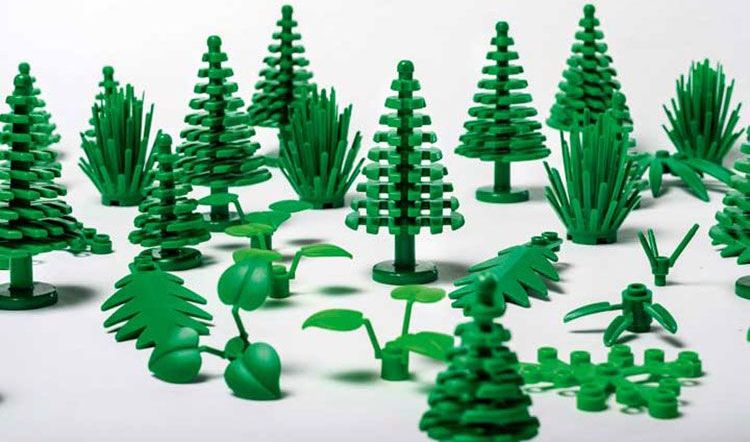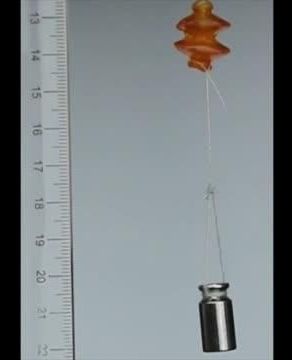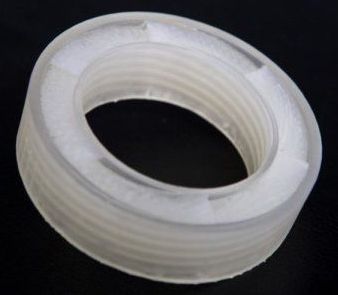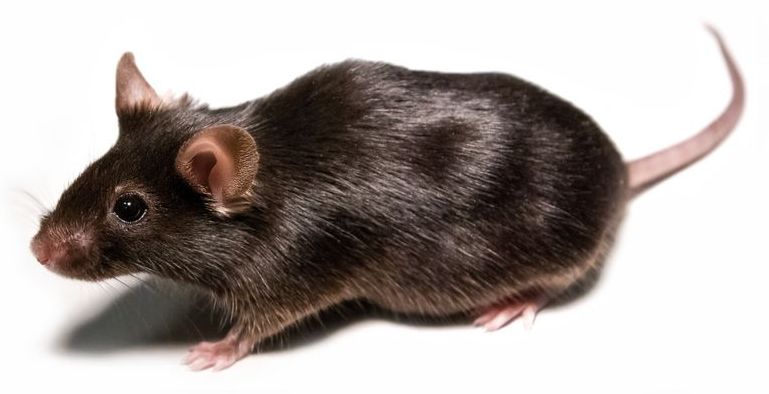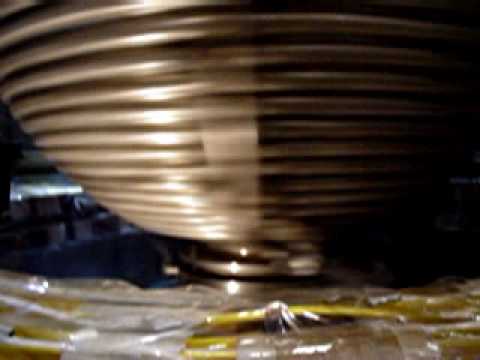Apr 9, 2019
Median AMB – Median Ambulance Rides Highway’s Median Strip As The Track
Posted by Quinn Sena in category: biotech/medical
Designed by Hong Seonghwan, Lee Hyungtaek, Lee Taekkyung, and Song Yoojin, Median AMB is a median ambulance concept that responds to traffic accidents on highways. Due to the location, there are more likely serious injuries compared to those standard roads, however, when congestion occurs, it can be difficult for ambulance to arrive on time. This concept ambulance is designed to use highway’s media strip, in this way, it will arrive quickly without the need to stop to save most crucial minute.
Median AMB rides median strip as its track, so regardless the traffic, it can reach the accident site for quick rescue task. It returns to the tollgate and transfers patient to the waiting ambulance. It’s a smart system where patients can go to the hospital quickly for further treatments.
Continue reading “Median AMB – Median Ambulance Rides Highway’s Median Strip As The Track” »
